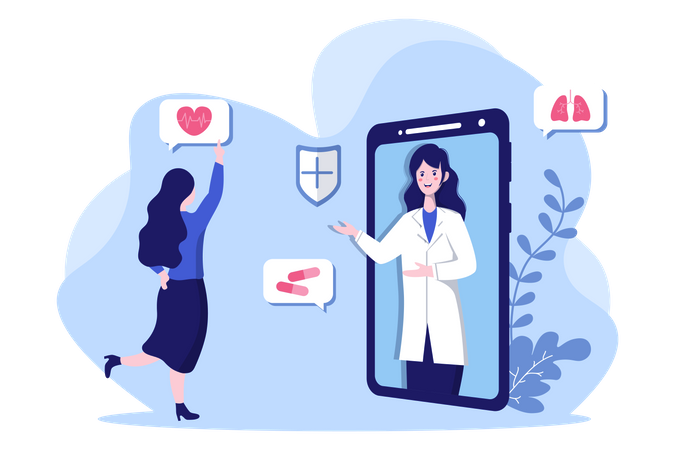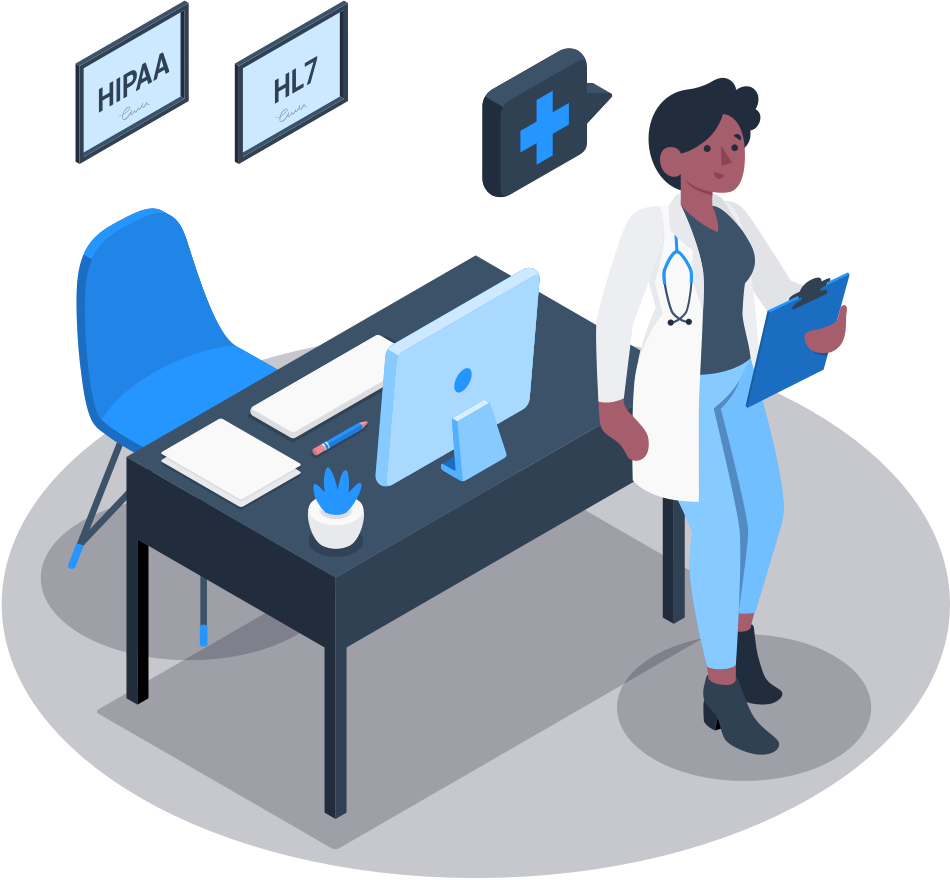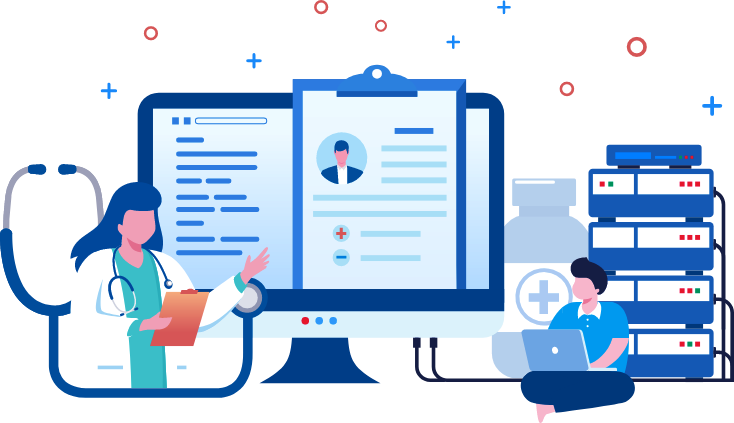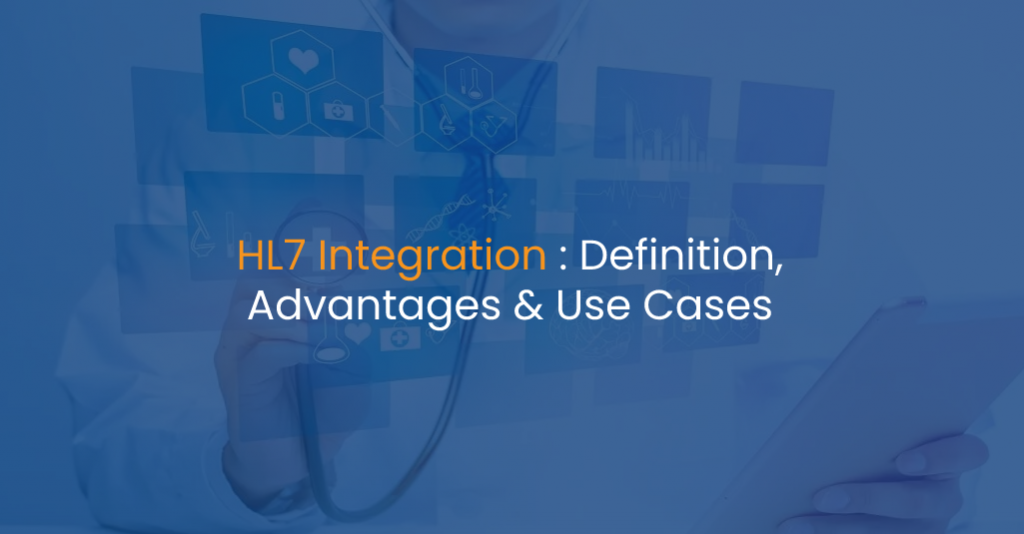What if each and every hospital’s information systems were separate states that interacted with one another via diplomatic notes written in their own languages? This may sound like science fiction, yet it accurately represents the condition in many medical institutions prior to HL7 integration. Although the days of exchanging paper notes are long gone, manual data transmission between many systems remains a painful reality in today’s medical sector.
HL7 was created to address this communication challenge by enhancing clinical data content and providing the appropriate structure. The whole cycle of gathering, interpreting, and transferring medical information is efficient and error-free when using HL7. Diagnoses and test findings can be easily shared across EHRs, doctors can immediately access medical histories, and nurses can monitor upcoming operations.
Well, what is HL7 integration, why is it necessary, and how does it work? You will get the answer to these questions in this blog.
However, let us begin with a quick definition.
What Exactly Is HL7 In Healthcare?
Health Level Seven (HL7) is a set of rules that govern the collection, processing, and exchange of medical data. It is universal healthcare IT language that is spoken by the vast majority of the world’s population. HL7 was founded by the eponymous non-profit organization with the goal of “enabling worldwide health data interoperability.” The following are the most important of these requirements:

- The most extensively used communications standard for health and medical data transfers today is HL7 V2.
- HL7 V3 is the latest edition, and it supports both messages and documents, as well as a more extensive information model.
- The HL7 CDA standards (Clinical and Administrative Domain) are a subset of the HL7 V3 specification that is focused on clinical documents.
- For the US market, HL7 CCD standards (Continuity Care Document) establish patient medical summaries.
- The HL7 EHR standard is a set of profiles and functional models for the management of Electronic Health Records.
- HL7 FHIR, or Fast Health Interoperable Resources, is a new standard designed with modular components and geared for usage with web-based APIs (Application Programming Interfaces).
How does HL7 function in healthcare?
It establishes a standardized framework for successful data transmission inside medical offices, between organizations, and with patients. Let’s take a closer look at why HL7 is well worth the time and effort required for comprehensive integration.
What Are The Advantages Of HL7 Integration?

The healthcare business in the United States is extremely complicated, with an ever-increasing mountain of data. According to studies, each patient provides around 80 gigabytes of EMR and imaging data every year. The majority of this data is kept and processed in separate pools belonging to various medical institutes. What’s more troubling is that data might be disjointed and poorly formatted even inside a single institution’s IT systems.
Large healthcare providers often rely on several IT systems to conduct their administrative, diagnostic, and therapeutic services. A typical hospital, for example, may employ a HIS (Hospital Information System), an EMR (Electronic Medical Record), a LIS (Laboratory Information System), a RIS (Radiology Information System), and a PACS (Picture Archiving and Communication System) (Picture Archiving and Communication System). These systems all collect and create information, but the disparities in data formats prohibit them from communicating effectively with one another.
Get the best HL7 integration for healthcare software development services?
This challenge may be solved in a variety of ways using HL7 data integration.
The key advantages of applying HL7 standards are outlined below:
Maintain Data Consistency Across The Infrastructure
Legacy IT systems developed by various software providers invariably employ a variety of data formats and transmission methods. Some of them include built-in data translators, but others may not and need time-consuming manual input. Medical organizations may achieve comprehensive interoperability across all of their data interchange methods by adhering to the HL7 standards. Hospitals, for example, may gather and process patient information from admission and diagnosis through treatment and medical billing in a streamlined manner.
Make the Process of Making Medical Decisions Easier
Doctors must act quickly, especially in emergencies. Critical information on the patient’s allergies, current medicines, and treatment history must be supplied quickly. By eliminating discrepancies in data formats and lowering delays in system inquiries, HL7 data integration may significantly accelerate decision-making.

Allow For the Interchange of Standardized Data with Other Sources
For reference or research purposes, it is frequently necessary to communicate information with external healthcare software or other medical institutions. Through HL7-FHIR integration via web APIs, HL7 overcomes the gap in data interchange compatibility. The newly created standard extends beyond clinical data integration and focuses on data formats utilized by mobile apps such as JSON and XML.
Another issue to consider when exchanging sensitive patient information is data security. The most recent HL7 standards and protocols do not require a standardized security strategy, but their specifications allow for the construction of safe, protected data systems with minimal effort. HL7, in particular, makes it easy to create HIPAA-compliant apps.

Assist In Providing Better Patient Care
People these days have come to expect a considerable level of service, including online access to their personal, diagnostic, and prescription data. The number of digital health apps and personal health devices available, ranging from wearable heart monitors to insulin pumps, is increasing. HL7 offers a foundation for the long-term data ecosystem required to enable the growing sharing of medical data.
The incorporation of an HL7 interface in medical institutions results in the simplification of data acquisition, storage, and processing procedures. Medical practitioners may focus on giving better treatment to their patients when they are not burdened by administrative duties.
We outlined the most essential benefits of HL7, but there are many more in practice.
Use Cases for HL7 Integration
Several examples are provided to give you a clearer understanding of what the benefits of HL7 integration look like in practice. Hopefully, you’ll come across a case that is relevant to your medical practice.
- Incoming patient EHR management
- Information exchange between hospitals
- Exchange of information with regulators
- Management of shifts
- External EHR, scheduling, and reminders are examples of patient services.
- Automation of processes
Wrapping Up
Ignoring innovation is no longer an option in today’s Covid-altered environment. Telemedicine usage in healthcare is skyrocketing, and patients are seeking greater access and control. The HL7 standardization system has emerged as the workhorse of medical data integration. This is a chance for healthcare providers and Medtech firms to build better, more robust data infrastructures. Finally, it’s a win-win situation for both firms and their customers.
iStudio Technologies has extensive HL7 integration knowledge and is ready to give us professional support and make your transfer to HL7 as quick and painless as a needle poke. Our experts have a steady hand when it comes to building and testing trustworthy software on an affordable budget.
Contact us today to beat the competition and have your HL7-compliant data system up and running in no time.



